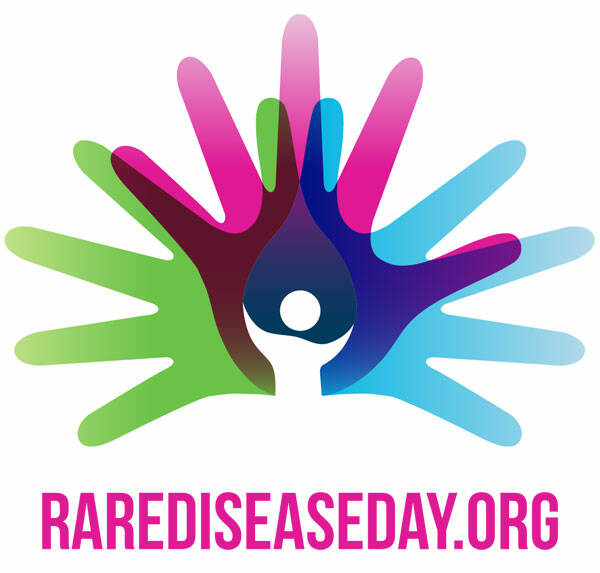Sometimes a movie can have a powerful and unexpected effect on you. That happened to me the other night.
My wife and I watched “Extraordinary Measures.” A neighbor had recommended it. I had never heard of it.
Released in 2010, the film is based on a true story about a couple who have two children with an extremely rare disease called Pompe Disease. It means the kids cannot walk and their major organs gradually deteriorate. Their life expectancy is less than 10 years from birth.
Harrison Ford, who was executive producer of the movie, also plays a lead role as an eccentric scientist who is working on a possible cure for the disease. Brendan Fraser plays the father of the children, who decides to quit his regular job to raise funds for medical research to find an effective treatment.
The movie is based on a book called “The Cure” by Geeta Anand, about an actual family. The subtitle is “How a Father Raised $100 Million – And Bucked the Medical Establishment – In a Quest to Save His Children.”
As we watched the movie, my wife and I were riveted. Why? Because we have a grandson with an extremely rare genetic disorder for which there is no treatment or cure. He is in a wheelchair and cannot walk, speak or feed himself. He is one of about 400 children in the world diagnosed with this condition, called CTNNB1 Syndrome (www.curectnnb1.org).
This Thursday, Feb. 29, is Rare Disease Day worldwide (www.rarediseaseday.org), which was first held in 2008. This year it will be observed in over 100 countries with at least 600 events. The Mercer Island City Council has declared this day an annual event. The date was chosen because it’s the rarest day of the year, and the zebra is the symbol because it’s a rare animal. “Show Your Stripes” is the motto, and people are encouraged to wear zebra-striped clothing on that day and display the colors of pink, blue, green and purple on posters or lights.
There are at least 10,000 unique rare diseases known, and 50% to 75% of their diagnoses are in children. About 3.5% to 6% of the world’s population are estimated to have a rare disease. That’s 264 million to 446 million people. Currently, fewer than 3% of diagnosed rare diseases have a suitable drug treatment. Such drugs cost at least 13 times as much as conventional drugs, and funding is hard to get from major donors, as the film made clear.
The CTNNB1 Connect & Cure nonprofit organization is working hard to raise awareness and funding for potential treatment. On June 8 in Philadelphia, it is sponsoring a “Million Dollar Bike Ride” to raise funds. See #TEAMCTNNB1 to register.
Here on Mercer Island, my daughter-in-law Effie Parks, Ford’s mother, has organized a regular walking group of parents and caregivers of children with disabilities. Her website (www.effieparks.com) has details of that and other activities. She does a weekly podcast called “Once Upon A Gene” with a global audience, interviewing people affected by rare diseases all over the world.
Locally, several bills introduced this year in the state Legislature focused on rare diseases.
One would have created a Rare Disease Advisory Council to advise the Legislature on strategies and treatments. Another would have allowed parents of eligible children to be added to provider categories for paid personal-care services. A severe worker shortage in this field means families can seldom find care, which hits especially hard for rural, underserved, and low-income families.
A third bill would have established a Medicaid pathway for Whole Genome Sequencing to help low-income families whose children cannot be diagnosed through conventional testing.
Unfortunately, none of these measures will pass before the Legislature adjourns. One that might succeed is a bill sponsored by Mercer Island’s Rep. Tana Senn (41st District) to provide funding for the Early Support for Infants and Toddlers program, which helps kids age 3 and under with disabilities so they can receive special-education services. This will benefit a great organization called Kindering, which serves young children, including my grandson Ford when he was younger.
As my wife and I watched the movie, our eyes often teared up as we saw the struggles the film family went through in a desperate effort to save their children’s lives. Fortunately, their fund-raising succeeded, and the scientist played by Harrison Ford prevailed in his identification of an effective drug treatment. The kids — both in the movie and in real life — survived as a result and have lived long past their expected longevity.
On this Rare Disease Day Feb. 29, please “Show Your Stripes” or “Share Your Colors” and consider a donation to CTNNB1 or one of the many other organizations working to cure rare diseases. They do not get nearly as much publicity and attention as some of the major groups working on cancer, heart disease, cerebral palsy, muscular dystrophy or other ailments. But collectively they affect millions of people, especially children.
Extraordinary measures are in order, and you can help.
–
John Hamer is a former editorial writer and columnist for The Seattle Times and co-founder of the Washington News Council. He and his wife Mariana Parks have lived on Mercer Island for more than 25 years and have four grandchildren, including Ford Parks, who is almost 8. Mariana and Effie Parks are both on the board of CTNNB1 Connect & Cure, a 501c3 nonprofit organization.



